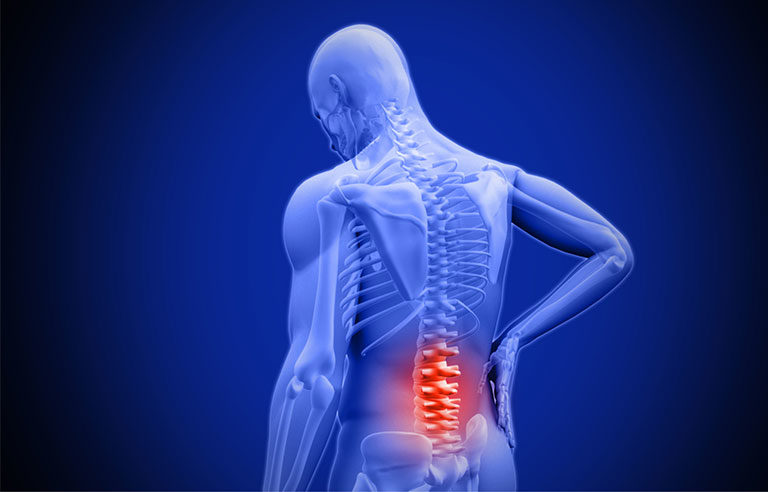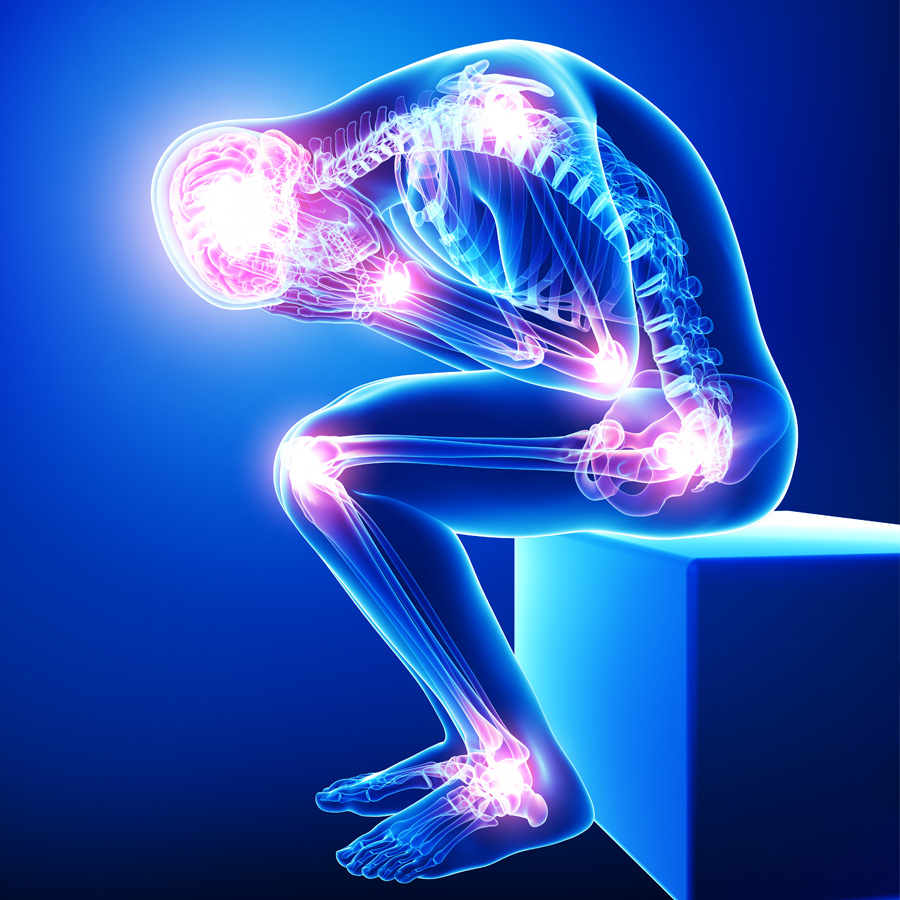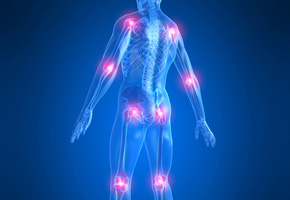Chronic back pain, defined as pain lasting for 12 weeks or more despite treatment, is a common and often debilitating condition that affects millions of people worldwide. Managing chronic back pain effectively requires a comprehensive approach that addresses the underlying causes, alleviates symptoms, and improves overall function. This article explores various treatment methods for chronic back pain, highlighting their mechanisms, benefits, and roles in a holistic management strategy.
Understanding Chronic Back Pain
Chronic back pain can arise from a variety of sources, including:
- Musculoskeletal Issues: Conditions like herniated discs, degenerative disc disease, or spinal stenosis.
- Postural and Lifestyle Factors: Poor posture, obesity, or prolonged sitting.
- Injuries: Previous trauma or repetitive strain.
- Medical Conditions: Arthritis, osteoporosis, or infections.
Effective treatment involves identifying the root cause of the pain and implementing a tailored approach to address it.
Treatment Approaches for Chronic Back Pain
1. Medication Management
Medications are often used as part of a comprehensive treatment plan to manage pain and inflammation:
- Nonsteroidal Anti-Inflammatory Drugs (NSAIDs): These drugs, such as ibuprofen or naproxen, help reduce inflammation and pain.
- Acetaminophen: Commonly used for pain relief, though it does not address inflammation.
- Muscle Relaxants: These may help alleviate muscle spasms associated with back pain.
- Opioids: Used for severe pain, but generally prescribed with caution due to the risk of addiction and side effects.
- Topical Analgesics: Creams or patches applied to the skin can provide localized pain relief.
2. Physical Therapy
Physical therapy (PT) is a cornerstone of chronic back pain treatment, focusing on:
- Strengthening Exercises: Targeting core muscles to support the spine and reduce strain on the back.
- Flexibility Exercises: Improving range of motion and reducing stiffness.
- Posture Training: Educating patients on proper body mechanics and posture to prevent further strain.
- Manual Therapy: Techniques such as massage or joint mobilization to alleviate pain and improve function.
3. Chiropractic Care
Chiropractic care involves spinal manipulation and other manual techniques to:
- Align the Spine: Adjustments can help improve spinal alignment and reduce pressure on nerves.
- Relieve Pain: Manipulation can reduce pain and improve mobility.
- Enhance Function: Regular chiropractic care may improve overall spinal function and health.
4. Alternative Therapies
Alternative therapies can complement traditional treatments and include:
- Acupuncture: Involves inserting thin needles into specific points on the body to relieve pain and promote healing.
- Massage Therapy: Can reduce muscle tension, improve circulation, and alleviate pain.
- Yoga and Pilates: Focus on improving flexibility, strength, and posture, which can benefit individuals with chronic back pain.
5. Cognitive Behavioral Therapy (CBT)
CBT is a psychological approach that helps individuals manage chronic pain by:
- Changing Pain Perception: Helping patients reframe their thoughts and attitudes about pain.
- Stress Management: Teaching relaxation techniques and coping strategies to handle pain-related stress and anxiety.
- Behavioral Modification: Encouraging healthy behaviors and activities that can reduce pain.
6. Lifestyle and Self-Care
Incorporating lifestyle changes and self-care strategies is crucial for managing chronic back pain:
- Weight Management: Maintaining a healthy weight reduces strain on the spine and can alleviate pain.
- Exercise: Regular physical activity helps strengthen muscles, improve flexibility, and reduce pain.
- Ergonomics: Adjusting workstations and adopting proper posture can prevent further strain.
- Heat and Cold Therapy: Applying heat or cold packs can provide temporary relief and reduce inflammation.
7. Interventional Procedures
For some individuals, more advanced treatments may be necessary:
- Epidural Steroid Injections: Deliver corticosteroids directly into the epidural space to reduce inflammation and pain.
- Facet Joint Injections: Target pain in the facet joints with anesthetics and steroids.
- Nerve Blocks: Interrupt nerve signals to alleviate pain.
- Radiofrequency Ablation: Uses heat to destroy nerve fibers transmitting pain signals.
8. Surgery
Surgery is typically considered only after conservative treatments have failed and if there is a clear structural issue that can be addressed:
- Discectomy: Removal of a herniated disc that is pressing on a nerve.
- Laminectomy: Removal of a portion of the vertebra to relieve pressure on the spinal cord or nerves.
- Spinal Fusion: Joining two or more vertebrae to stabilize the spine and reduce pain.
Integrative Approach to Chronic Back Pain Treatment
An integrative approach combines various treatments to address the multifaceted nature of chronic back pain:
- Personalized Treatment Plan: Tailoring treatments to the individual’s specific needs, symptoms, and underlying causes.
- Multidisciplinary Care: Collaborating with a team of healthcare professionals, including doctors, physical therapists, chiropractors, and psychologists, to provide comprehensive care.
- Patient Education: Empowering patients with knowledge about their condition, treatment options, and self-management strategies.
Conclusion
Chronic back pain treatment involves a multifaceted approach that includes medication, physical therapy, chiropractic care, alternative therapies, cognitive behavioral therapy, lifestyle changes, interventional procedures, and surgery. Understanding the various treatment options and their roles in managing chronic back pain is essential for developing an effective and personalized treatment plan. By combining these approaches, individuals with chronic back pain can achieve better pain management, improved function, and enhanced quality of life.





